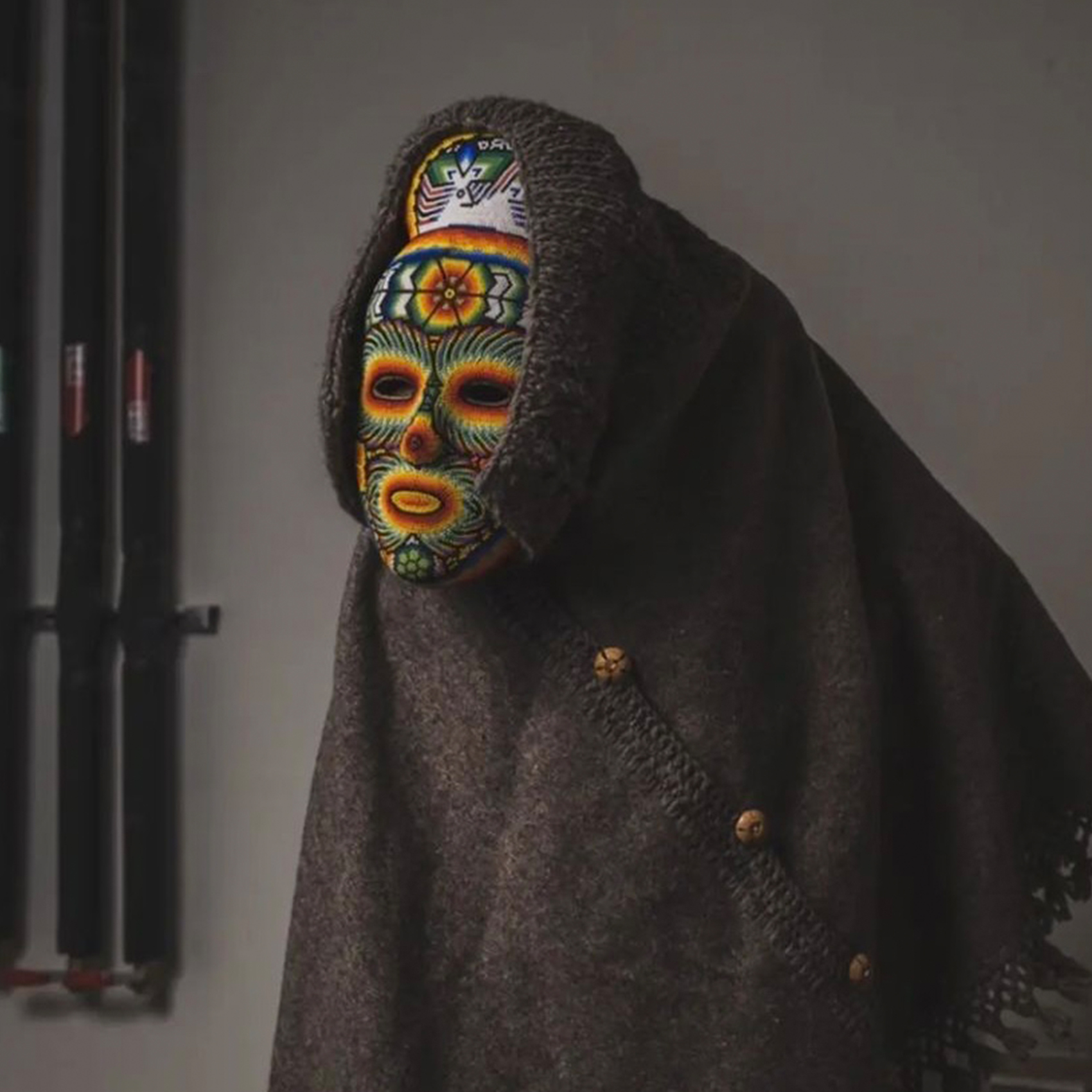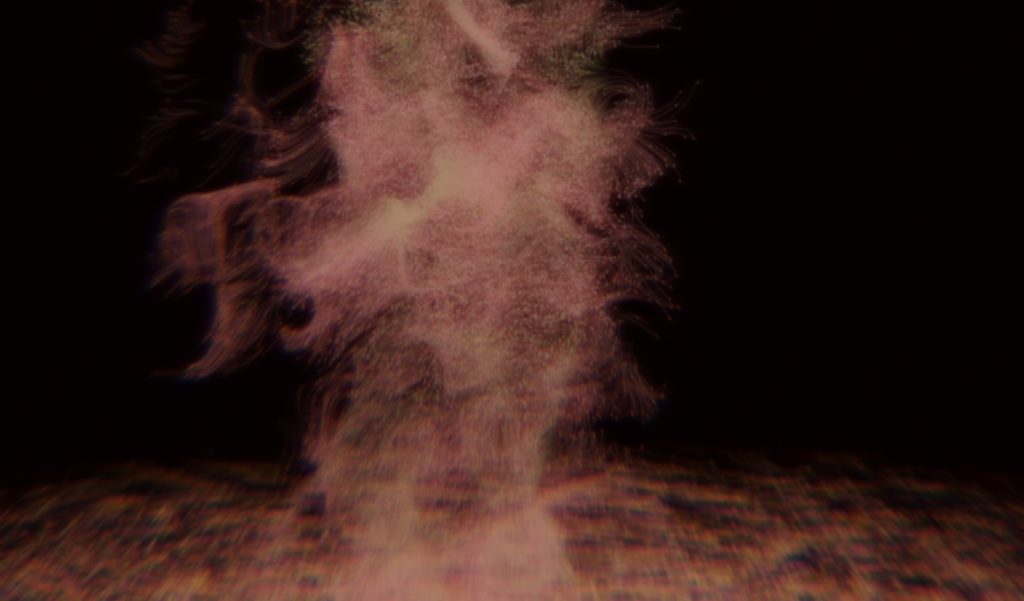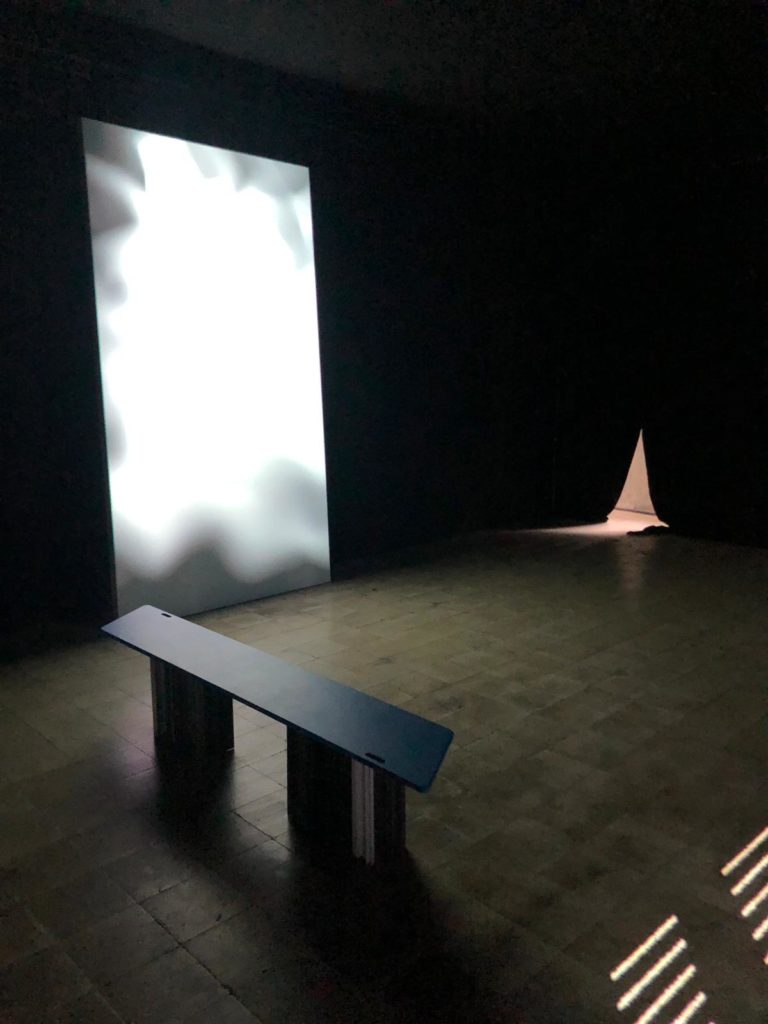
27 Apr ‘Háita’ and ‘Nati Infiniti’ at Sonar+ Festival Lisboa
Taking place for the first time in the Portuguese capital, Sónar Lisboa aimed to be a meeting point for innovative music, creativity and cutting-edge technology, bringing together an open minded national and international audience. Over the three days in April, Sónar Lisboa occupied emblematic venues of the city, with day and night events, focused on the latest trends in dance and electronic music, visual arts and digital culture, presenting established artists and exciting newcomers, in a very unique way.
Satore Studio’s installation Háita was unveiled at Sonar+ this weekend. The piece was born from the exercise of imagining how a dancer’s choreography could be explored inside out, through cutting-edge scientific and creative technology developed by the studio.

Combining dance with music and state-of-the-art technology, this installation takes the form of a quadripathic exhibition of four projections of the same choreographed piece. The dance itself is a mixture of styles − incorporating ballet, Portuguese vira and Mexican traditions − captured on film, but also through volumetric and motion capture technology. While motion capture converts movements into computer-generated animations, volumetric capture records changes in the spaces around the dancer, inverting the process.
The music used is inspired by two rivers, the Portuguese Tagus and the Rio Grande, which separates Mexico from the United States. Inspired with great liberality by Mexican song and Portuguese fado, the music is then sprinkled with the melancholy that runs in the blood of both countries, born from the stories of love, loss and migration.
The installation was activated by a dancer, who was illuminated by a third projection, based on an electroencephalogram made of her brain and representing the patterns of her brain waves throughout the choreography. As a resident at Champalimaud Research Center, Tupac Martir worked with their medical technology to analyze the dancer’s body and brain, building an inverted image of how a dancer imagines her own choreography.

Production by Satore Studio
Dancer – Rita Carpinteiro
Music – Tupac Martir
Main Technician – Filipe Barbosa
Violin – Alexandra Finlaison
Cello – Klara Schumann
Guitar – Andrew Lancaster
Synthesizer – Eric Martino
Choir – CCC
Music Production – Tupac Martir & Moullinex
Mix – Moullinex
MRI & EEG – Champalimaud Foundation
Technician magnetic resonance – Nuno Loução
EEG technician – Tiago Quendera
Filming location – Maat
Visual assistants – Rebecca McKie Collis Assis and Alyssa Melo
Data assistant – Rajan Chakravarty Jalem
Camera – Francisco Crocco
Special thanks to the Champalimaud Foundation, Julia Salaroli, Patricia Correia, Joana Ruivo, Pedro Gouveia, Maat, Matilde Neves, Antonia Folguera, Joana Seguro, Marta Fonseca, Patricia Craveiro Lopes and Daniel Cuadra
Support: Bridges of the Unknown
Another installation launched during the festival was Alessandro Cortini’s ‘Nati Infiniti’. As Cortini’s first foray into installation work, the immersive audio piece was spread over the four floors of the Moagem building. Each floor evoked a different state, which could be seen in its entirety from the top floor of the building. The installation is infinitely non-linear and constantly evolving from carefully selected parameters.
Satore Studio was honoured to light the piece during the course of the three day festival.



